The Fundamentals of Cooking Rice
Cooking rice can be more difficult than it seems. It often turns out hard and undercooked or overcooked and mushy. And for years I just forwent the endeavor entirely. Often opting instead for quinoa or lentils, instead of rice. Just to avoid having to try and cook rice successfully!
This is because, despite its namesake, rice doesn't always cook that well in a rice cooker. I know that that sounds odd. After all, how can a rice cooker not cook rice?? That's its primary function! Unfortunately, there are some easy pitfalls to run into when cooking rice. Particularly when picking the type of rice and best method of cooking. I have en entire article on The Difference Between Types of Rice and tips and tricks for choosing and cooking the right rice for the dish. In this article, I explore the difficulties in cooking rice, potential fixes for when it goes awry, how to make brown rice palatable, and several common cooking methods.
Why is Rice Difficult to Cook?
Rice typically cooks by steaming. Either in a rice cooker, bamboo steamer, or on the stove, the same basic principal applies. Add enough water to steam the rice and it will absorb enough liquid to soften.
This is where we come into our first hurdle. Different types of rice need different amounts of water to cook. Short-grain white rice tends to have a 1:1 ratio rice to water. Medium-grain white rice tends to have a 1:1½ ratio. And long-grain grain white rice is a 1:2 ratio. However, this might not be accurate depending on the particular type of rice, dish, and method of cooking.
Part of the issue here is that most rice really only needs to absorb a 1:1 ratio of water. Only, not every rice absorbs water at the same rate. Softer varieties of rice will absorb the majority of the water during the cooking process and can get away with less liquid. Harder varieties of rice don't absorb liquid as quickly and require significantly more water and longer cooking times to compensate for the amount of water that cooks off and evaporates during the process.
There are also certain varieties of rice that just do absorb more water than others. Arborio rice can absorb up to six times the amount of water without bursting or becoming mushy. Bomba rice is known for can tripling in size width-wise, hence its resemblance to and moniker of "the bomb" in Spanish. And glutinous rice is often meant to be gelatinous and sticky in order to act as a binding agent and tends to require slightly more water because of this.
Different cooking methods will also warrant different yields. Slowly simmering will require much more water, given the amount of evaporation, than the same rice boiling on the stove or steaming in a rice cooker. And two incredibly similar rice in size, color, and general appearance might need vastly different ratios of water.
So, when you're staring at the package of rice and attempting to determine how much water to use, this might not entirely be accurate.
You Can't Check Rice for Doneness Beforehand
One of the dilemmas with cooking rice is that you only get one chance to get the rice-to-water ratio right! Rice is often cooked via the steam method wherein the rice is enclosed within a pot or rice cooker and absorbs water through the trapped steam in the pot. If you're steaming rice, though, you can't open the pot to check for doneness.
Opening the lid prematurely lets out the steam, disrupts the temperature, and will cause the rice to stop cooking properly. This results in hard, undercooked rice that might also burn to the bottom of the pot if you try to jumpstart the cooking process again.
So, all that you can really do with steamed rice is hope that you've got the ratio correctly and wait!
There are other methods of cooking rice that avoid this pitfall. Simmering rice uncovered on the stove, such as when making paella, is more forgiving. The rice shouldn't be disturbed, but you are able to physically see it during the cooking process and can make slight adjustments if the rice-to-water ratio is off. Rice can also be cooked by boiling on the stove and then drained when it's done, like cooking pasta.
If you're opting for the quick and easy rice cooker, stovetop, or other steaming method, though, you really just have to have faith that you've used the proper ratio. And as daunting as this might sound, it is my favorite method of cooking rice.
How Do Rice Cookers Know When Rice is Done?
Rice cookers may seem magical and mystical. After all, why do some things take a half hour to cook, while others an hour and a half? And how does the rice cooker know this and automatically turn off??
Rice cookers determine doneness by temperature. Water boils at 212 degrees Fahrenheit (100 degrees Celsius). When all of the water boils out, the temperature of the rice will begin to rise. This is because rice burns at a higher temperature than water boils. Consequently, when the temperature ceases to be stable, the rice cooker signals to turn off in order to keep it from burning.
When the lid of the rice cooker is opened prematurely, though, this lets out the steam and disrupts the internal temperature inside of the pot. This temperature fluctuation signals the rice cooker that the water has boiled out and it turns off. Even if there is still some liquid left in the pot, it won't return to a boil and continue because the inconsistency in temperature ordinarily means that the rice is done. You can press the cook button a hundred times, but it will still trigger back off!
The only thing that you can do to save undercooked rice at this point is add vastly more water and restart the boiling process entirely. This can be tricky because it risks the rice absorbing too much water and becoming over-cooked and mushy. But it is possible if the rice isn't done enough to eat.
There is one exception to this never open the lid of steaming rice. If you open the rice cooker before it has begun to boil, you're likely okay. I've done this before when I forgot to add a spice or other ingredient. As long as it hasn't reached 212° yet, you can open the pot without too much worry. This will prolong the cooking time and more delicate rice varieties still may not like that. But, generally speaking, you're in the clear.
Pitfalls and Fixes When Cooking Rice
Now, if you've gotten to the point where you've committed to the rice-to-water ratio, managed not to open up the pot and disrupt the steam process, let it steam an extra 10-15 minutes before opening the lid just to let it steam that extra little while longer, and hoped that it's okay? One of the most devastating things is to open the lid at last and discover that it didn't go as planned!
Unfortunately, rice doesn't always work out. There are a multitude of reasons for this and some potential fixes. Although not all rice can be salvaged at this point, understanding what went wrong will be helpful for next time and not all rice that has gone awry must automatically be scrapped and started over.
Rice is Hard and Dry
One of the most common issues that I come across with rice is that it's hard and dry. There are several main problems here, with exact opposite issues! This can make problem solving potentially difficult. But bear with me and we can sort this out.
Rice is Hard and Dry Because It's Undercooked
Undercooked rice is often hard and dry. This often happens because there wasn't enough water to steam the rice enough or you opened the lid prematurely. Like I mentioned, you can't check the rice for doneness! You just have to hope that you did it right and that everything will miraculously turn out!
If you did let the rice cook until it was finished and it still ended up hard and dry, then it's likely just undercooked and you needed more water. Particularly with white rice, this is almost always the problem.
Solution: It can be difficult to add rice to water and get it back up to the level of steaming, though. If you originally only needed another 1/4 cup of water, you probably are going to have to double or triple that mount to get the rice back up to a boil and then steam out. This can be particularly frustrating when the rice is almost cooked and really just needed a small amount more water. But this is likely going to double your cooking time and take some finessing! It isn't a total loss, though, and you can usually soften your rice and get a good consistency here.
Rice is Hard and Dry, but Cooked Fine
Even if you cook it perfectly and straight out of the pot it looks, tastes, and is texturally fine? Storing it in the refrigerator for a day can lead to hard and dried out rice! This can be particularly frustrating. Many a time I have been fooled by seemingly perfect rice that just dries out over time and doesn't end up fine the next day!
Part of the reason for this residual hardening is that, once the rice is done cooking, it will still be warm enough to absorb any liquid still around it. This is why it's often recommended to let rice sit another 10-15 minutes after it's done cooking. This little bit of extra steam isn't intended to cook the rice any more, but it will allow it to absorb any moisture left in the pot as it cools and keep it from drying out.
If you open the pot right away after it's done cooking, though, the steam will quickly escape the pot and there won't be any enough residual liquid left to absorb. So, the boiling hot rice will just dry out. You won't necessarily notice these effects right away, though, and more often come into this dilemma the next day.
Solution: Obviously, the first solution is to let the rice sit for another 10-15 minutes after cooking. This should allow enough time for the rice to cool enough to be able to sit at room temperature or in the refrigerator without drying out. Also, generally speaking, make sure that rice isn't left exposed to the air too long. Just letting it sit on the counter or table can cause too much moisture to evaporate out of it. Always store in an airtight container in the refrigerator as well.
Another solution is to add more oil or softening ingredients to the rice. This is my foolproof way of making rice! I find that it works particularly well with harder varieties, like brown, black, and wild rice. And get into this later in the article.
Rice is Hard and Dry Because It's Overcooked
When rice no longer has any moisture to absorb, but it's still getting enough heat to cook, it very easily dries out and gets hard. Just like how undercooked rice can burn to the bottom of the pan if it runs out of water, overcooked rice can also burn to the bottom of the pan when it's out of water, yet still cooking. Best case scenario, this results in hard, dried out rice. Worst case scenario, you have a crusty burnt mess to clean up!
This happens more often with cooking rice on the stove than in a rice cooker because rice cookers tend to turn off when there isn't any water left to absorb. But you may still have this problem in a rice cooker, particularly if the nonstick finish has begun to wear out (always use wooden or silicone utensils to help prevent scratching!).
Solutions: If the rice isn't too far gone, your best bet is rehydrating it. Rice is best cooked slowly steamed. So, if the pot is too hot or the water boils out too quickly, adding more water and cooking until softened again is a possibility. This may seem counterintuitive if the rice is already overcooked, but if it's too far done and dried out again, adding more liquid and cooking longer is going to be your only option. If it's overcooked and mushy, that's a different problem entirely.
Rice is Soft and Mushy
On the other end of the spectrum, soft and mushy rice is equally problematic! Potentially even more so. I'd almost rather have hard rice and soften it up than rice that is too far gone.
Unlike with hard and dry rice, there's usually a very simple explanation for this problem: soft and mushy rice is the result of too much water and overcooking.
Rice is Soft and Mushy Because of Too Much Water
It is possible to add too much water without the rice overcooking. This is more likely to happen on the stovetop. If you time everything correctly and the rice cooks fine, but it's soupy and there's still liquid left in the pot when you're done?
Solution: Then, just drain out the excess liquid and add proportionally less water next time. You may also need to add more spices to compensate for the extra dilution.
You can potentially boil out the rest of the liquid. I do do this sometimes because I don't like to waste the spices. This works particularly well with brown, black, and wild rice, where you run less of a risk of overcooking. White rice doesn't quite have the same wiggle room, though! And will often overcook and get mushy if you try this. But this is an option, particularly on the stovetop. Just boil, uncovered, for another couple of minutes until the liquid evaporates.
If you've way over-estimated the amount of water or you run the risk of overcooking the rice at this stage, just cut your losses and pour out the excess liquid!
Rice is Soft and Mushy Because of Too Much Water and It's Overcooked
What's more likely to happen in thee soft and mushy scenario is that there's too much water and the rice is overcooked. It tends to break down at this point and get kind of stringy. Much like overcooked pasta, a film begins to form as the starch breaks down too much.
Solution: There isn't a lot of going back from here. And it's most prominently an issue with white rice because it's already softer and more easily prone to overcooking. Longer grain and harder varieties of rice tend to be more forgiving because they cook longer, anyway. But can still fall into this trap!
Once you've overcooked rice to the point of it breaking down and becoming mushy, you can potentially rinse the rice to wash off some of the excess starch and add something crunchy to offset the mushiness. But there really isn't a whole lot that you can do to fix the texture. If it's still edible, your best bet is to offset the texture with crunchier or harder textured ingredients. I like to add things like pumpkin seeds, wrap it in a hard-shelled tortillas, and/or spice enough to offset the mushy consistency.
How to Make Brown Rice Palatable
People tend to shy away from cooking brown rice. It tends to have a reputation for not being the most flavorful or texturally pleasant of dishes. However, there are some ways to work around this! Brown rice is far more nutritious than white rice, more filling, and absolutely delicious when you know what to do with it! Plus, it cooks in relatively similar time and requires only a few accommodations.
One of the things to overcome with brown rice is that it is a harder rice. It tends to dry out more when cooking and, if you're used to softer, fluffier white rice, it perpetually tastes like it's undercooked.
It might sound counter-intuitive, but this actually makes the rice easier to cook. Since brown rice is denser than white rice, it's less prone to overcooking and actually easier to cook. This is particularly because I like to add other ingredients to my rice.
Spices
Some of my favorite add-ins are spices. My usual go-tos are lime, bay leaves, cumin, coriander, paprika, and cayenne pepper. Although you can substitute whatever spices that you have on hand or flavor profile that you prefer.
Produce
Spices may add flavor, but adding adding produce is part of the key to making brown rice. They do add flavor. But, more importantly, additional produce helps to soften the rice. I'm particularly potatoes, bell peppers, hot peppers, tomatoes, squash, and pumpkin. Although you can add any produce of choice, starchy fruits and vegetables tend to add more of a lightness to the texture.
When you're adding produce, though, you need to compensate for the extra liquid that you'll need to accommodate. And, as we know from delving into with the pitfalls of making rice, this can be particularly unforgiving!
Adding other ingredients is one of the keys to cooking brown rice, though. Unlike white rice, it isn't particularly palatable on its own. It does better with spices and various fruits and vegetables.
Oil and Vegetable Broth
One of my favorite things to do to additionally soften rice, is adding a little bit of olive oil or substituting some or all of the water with vegetable broth. No matter what else you spice the rice with for flavor, this is my number one tip for making brown rice taste like restaurant quality.
How to Cook Rice
I tend to mostly cook with generic long-grain brown rice. However, this is because it's oftentimes the easiest to find. My personal favorites are jasmine and basmati. But there is also virtually no nutritional value in white rice. Because of this, I tend only to cook with brown rice. And good brown rice can be difficult to come by!
So, instead of painstakingly trying to find the perfect rice, I spend more time trying to make the perfect rice recipe that is both tender and flavorful. Brown rice can be rather starchy. It's full of fibre and can be quite... dense.
Really, if we're being honest here... Poorly cooked brown rice is hard and virtually inedible!
There are ways around this, though. And softening brown rice is absolutely key.
Stovetop vs. Rice Cooker
It always baffles me how poorly rice cooks in rice cookers. After all, that's its purpose, isn't it?? But I had the worst time just tossing rice in and it not cooking properly. For years, I tried cooking rice in vein! But apparently I wasn't the only one. Despite its namesake, rice is notoriously difficult to cook in rice cookers.
There are 3 main ways to cook rice: steamed on the stove, steamed in a rice cooker, or boiled on the stove (like pasta).
I prefer the rice cooker these days, but I wouldn't necessarily have always chosen that.
Rice Cooker
I predominantly cook rice in a rice cooker. This involves putting the amount of rice that you want with the ratio of water required. This differs with different types of rice and is generally a 1:1 ratio white rice to water, 1:1.5 ratio jasmine rice to water, and 1:2 ratio brown rice to water.
Steamed on the Stove
Steaming rice on the stove requires the same ratios of cooking in a rice cooker. Only, it doesn't automatically turn off when it's done. Just set a timer, turn off the burner, and remove from heat. Let sit for 15 minutes before fluffing.
Boiled on the Stove
The easiest, and probably least common, way to cook rice is to treat it like pasta. Bring a hefty amount of water a boil, poor in rice, and boil until tender or the desired consistency is reached. Then, strain the rice.
This takes the guess work out of rice. You can check on it whenever you feel like it. It's not traditional and I don't know many people who cook rice this way. But it is possible and I have heard tell that it works.
Cooked in the Microwave
I have heard tell that you can also cook rice in the microwave. I don't own a microwave and have never actually tried this... I can't say that I would recommend it, though!
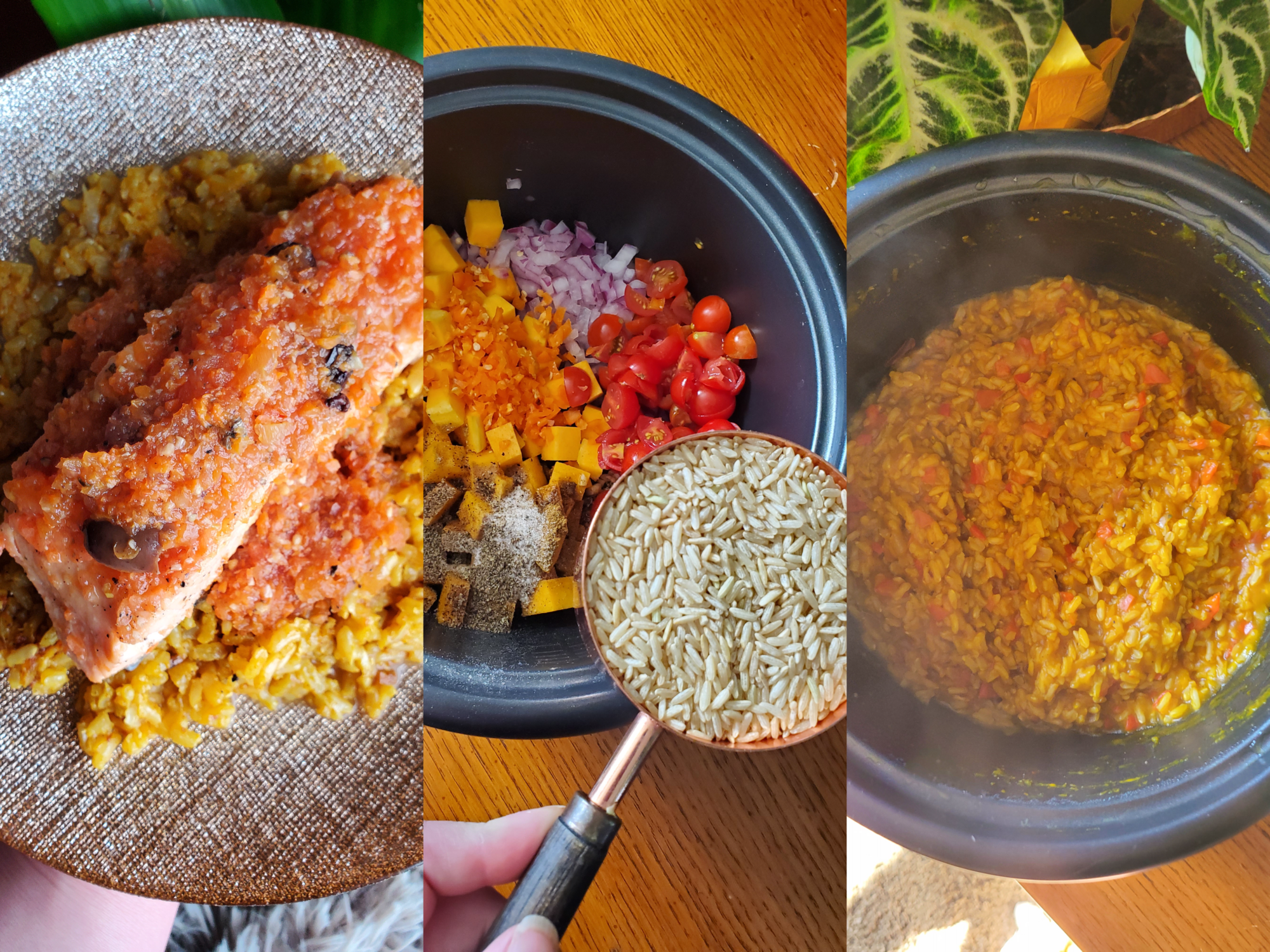
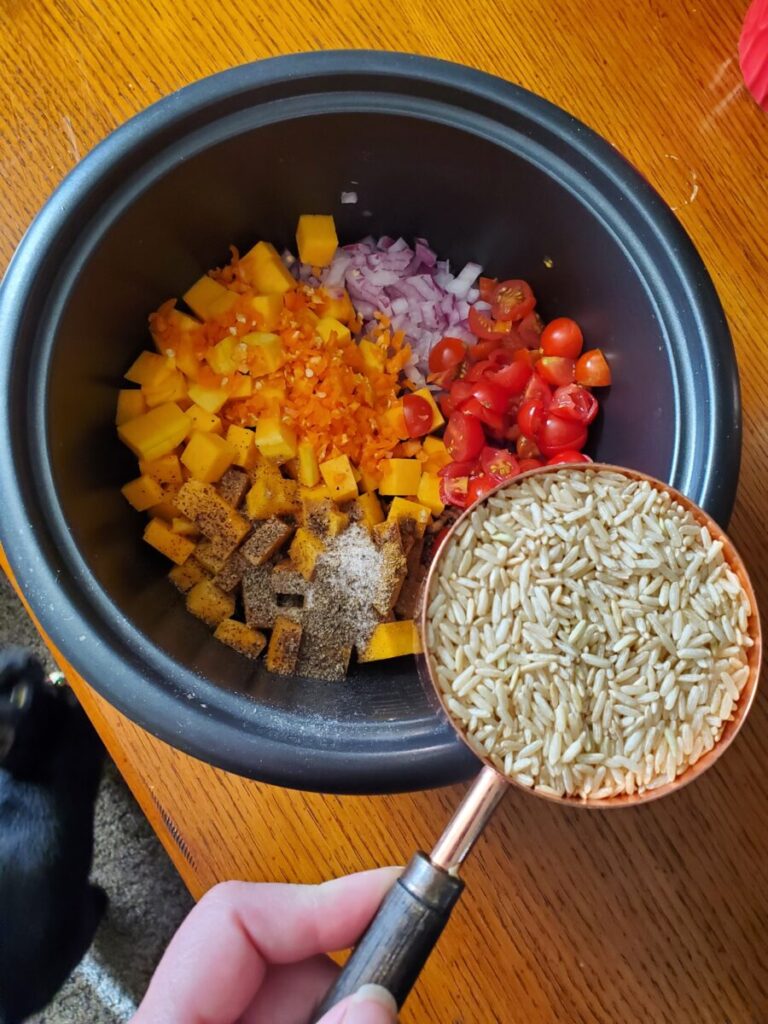
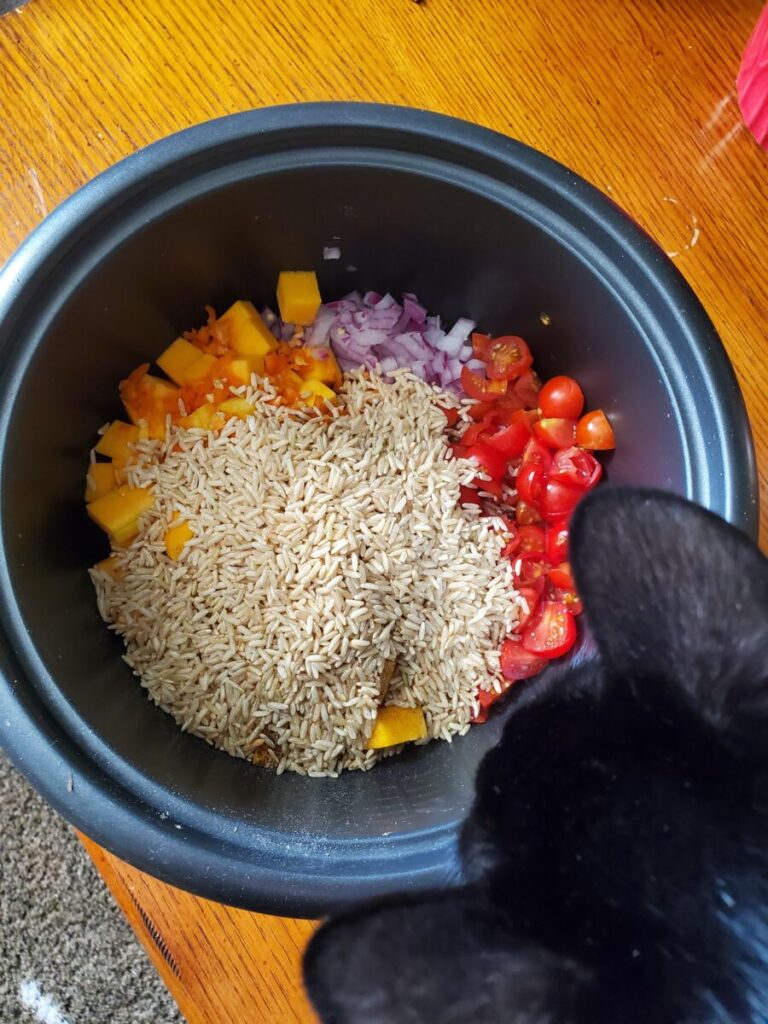
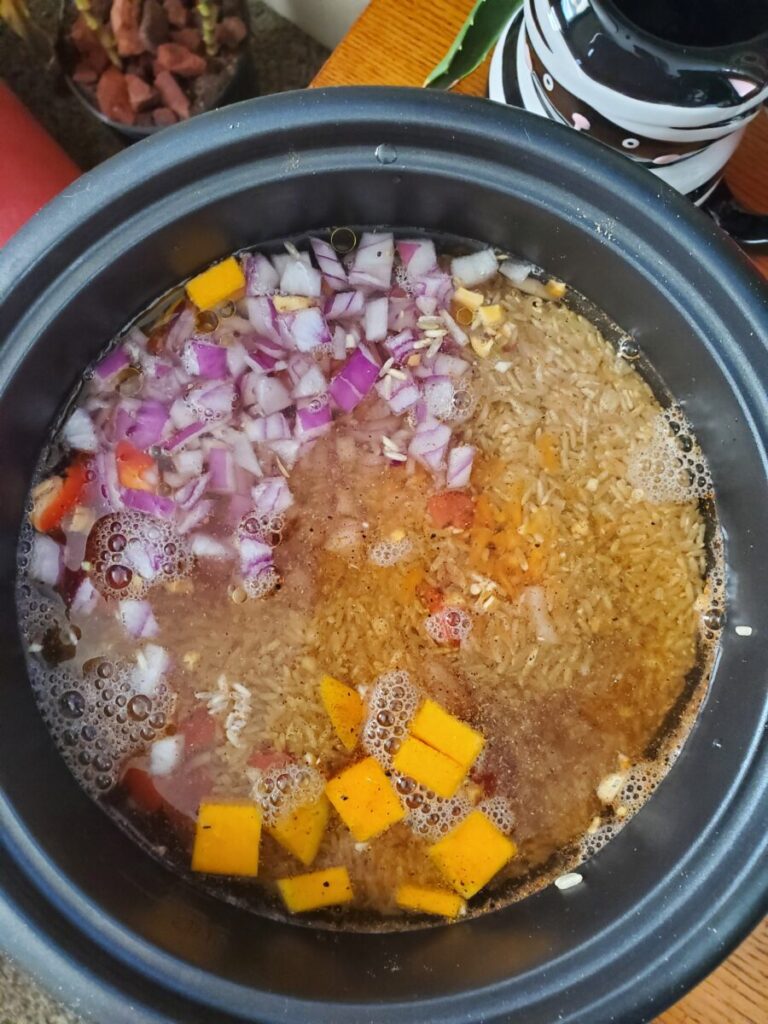

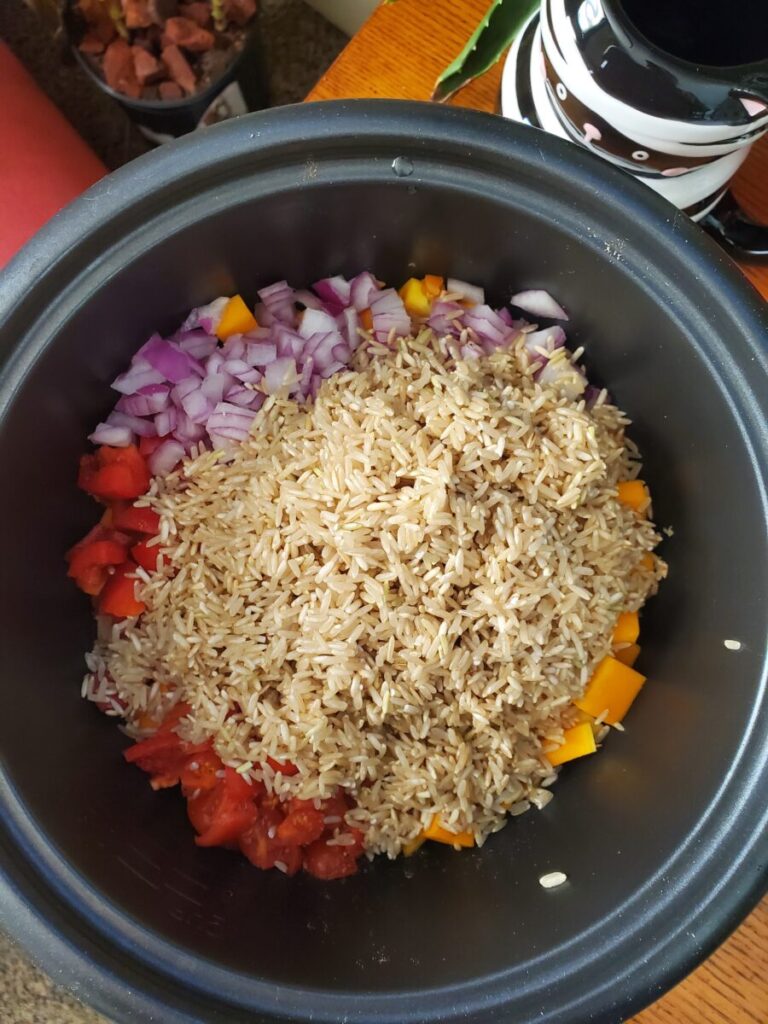
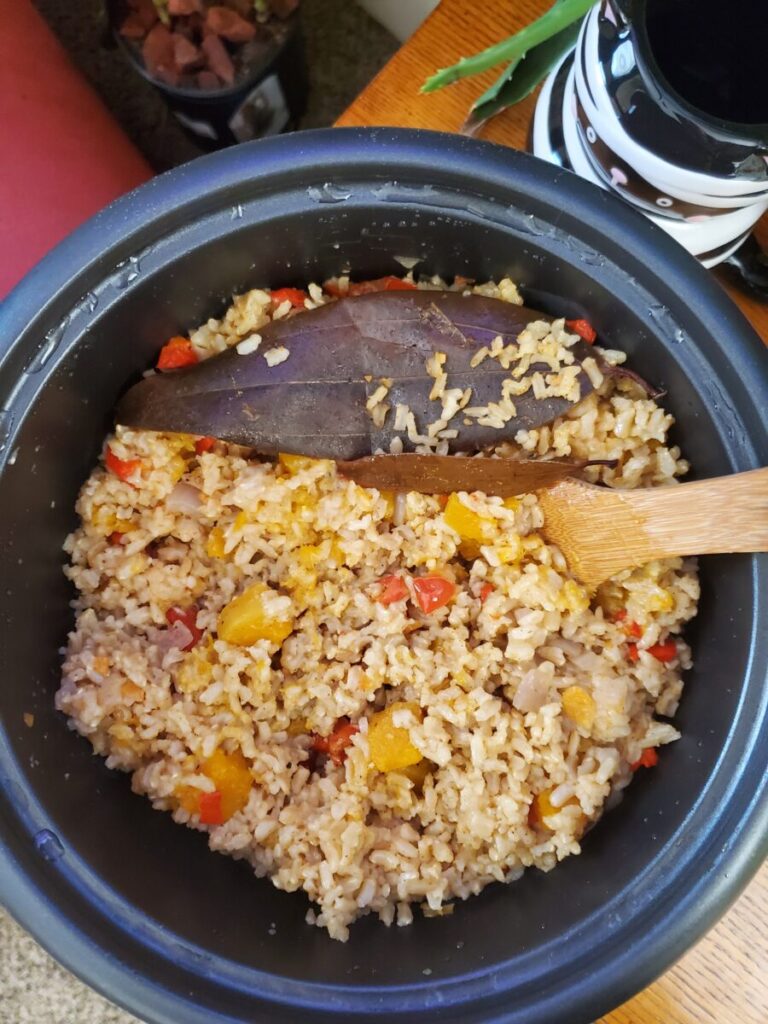
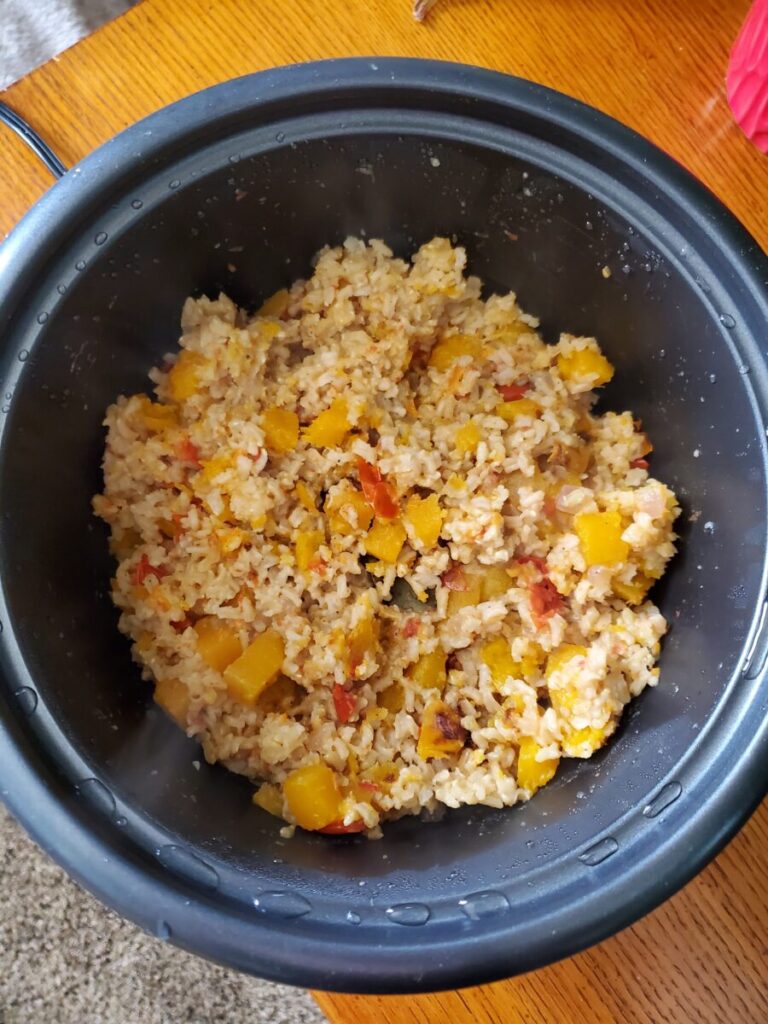
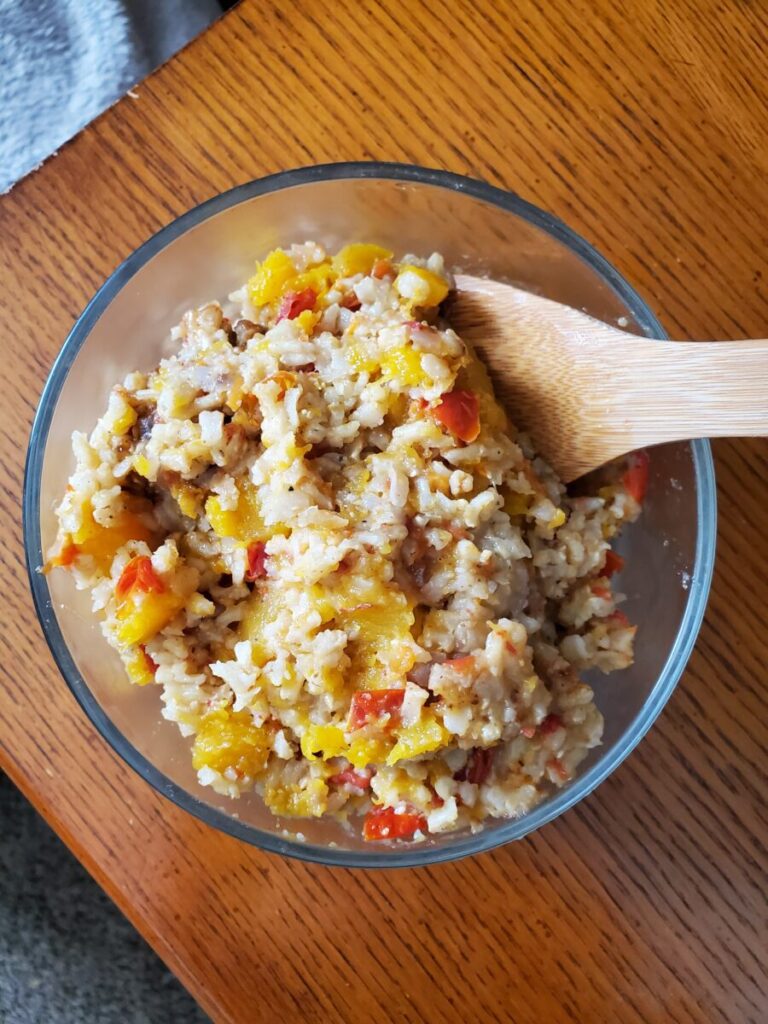
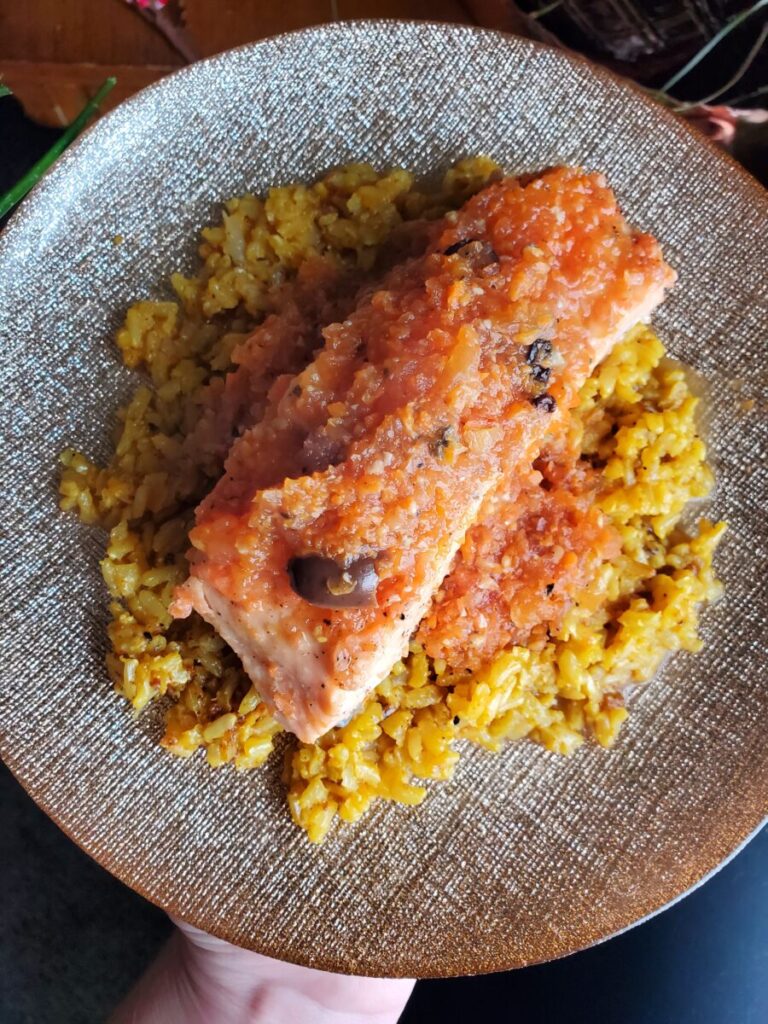
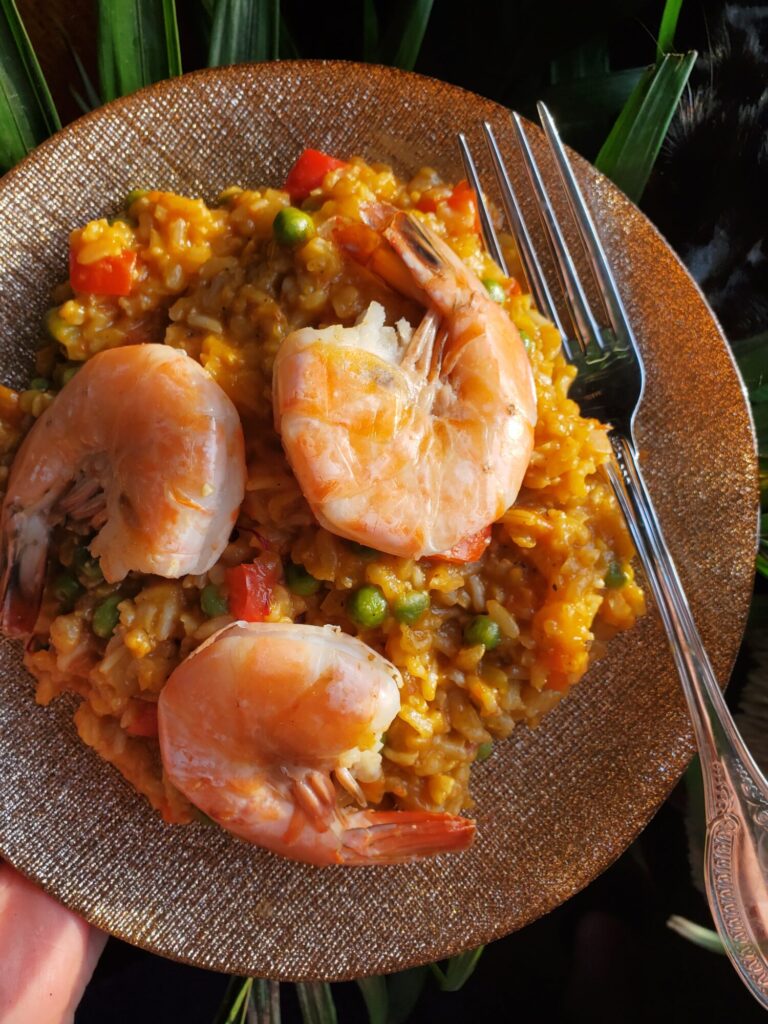


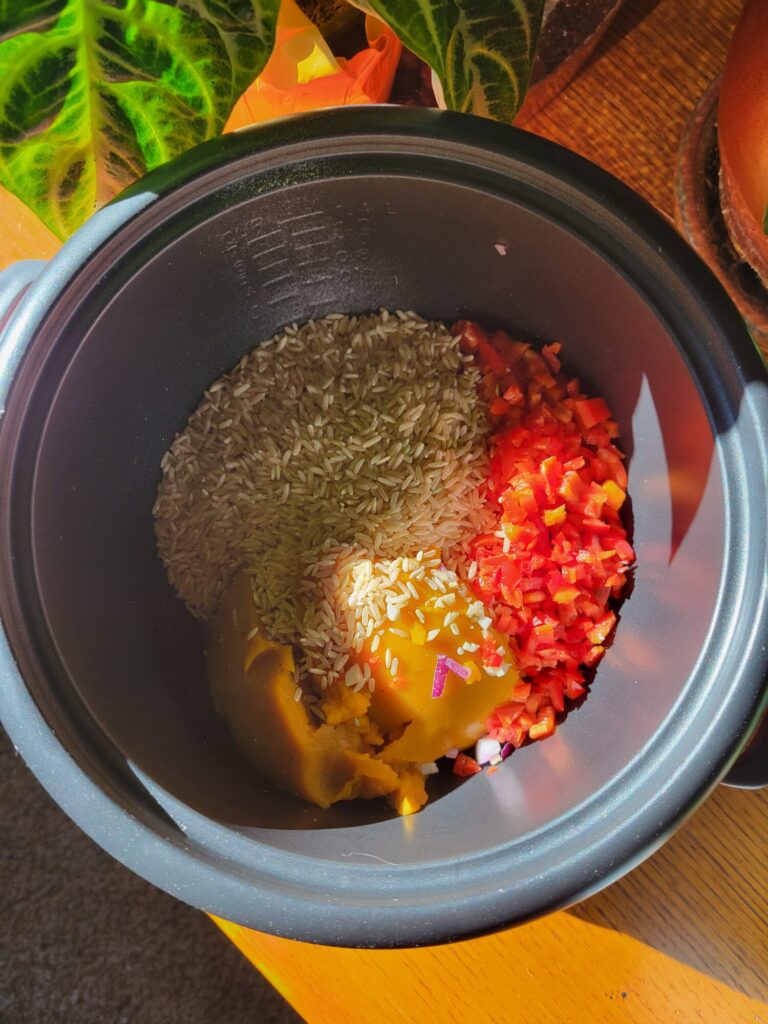
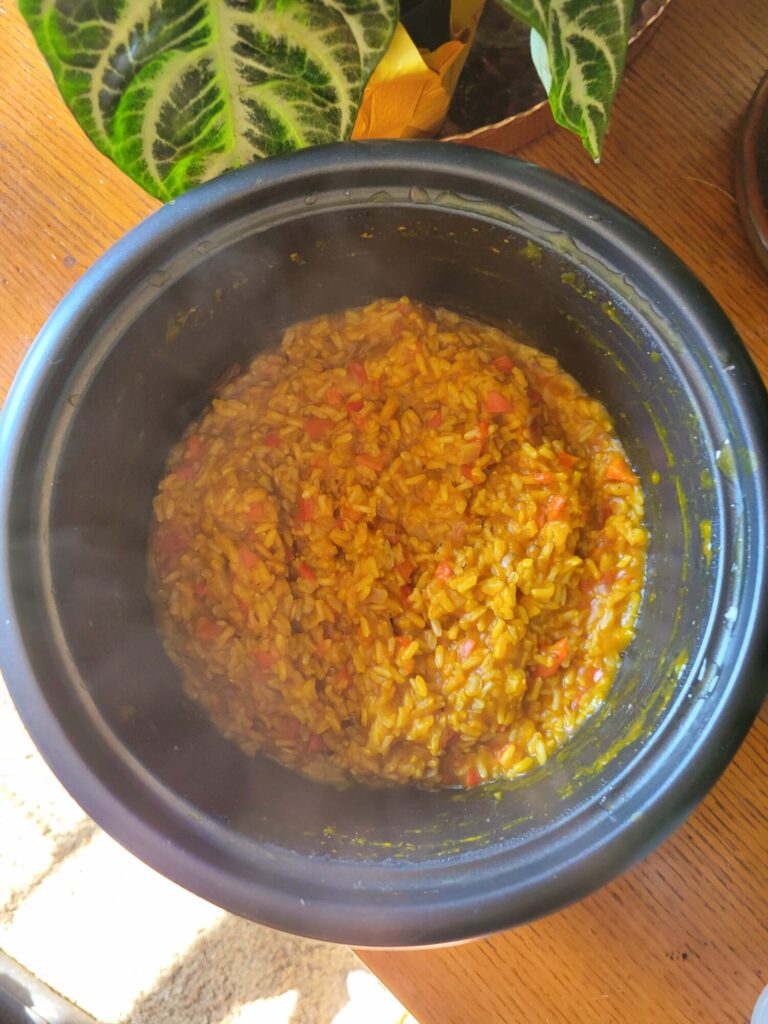

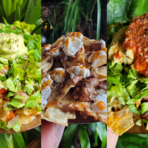
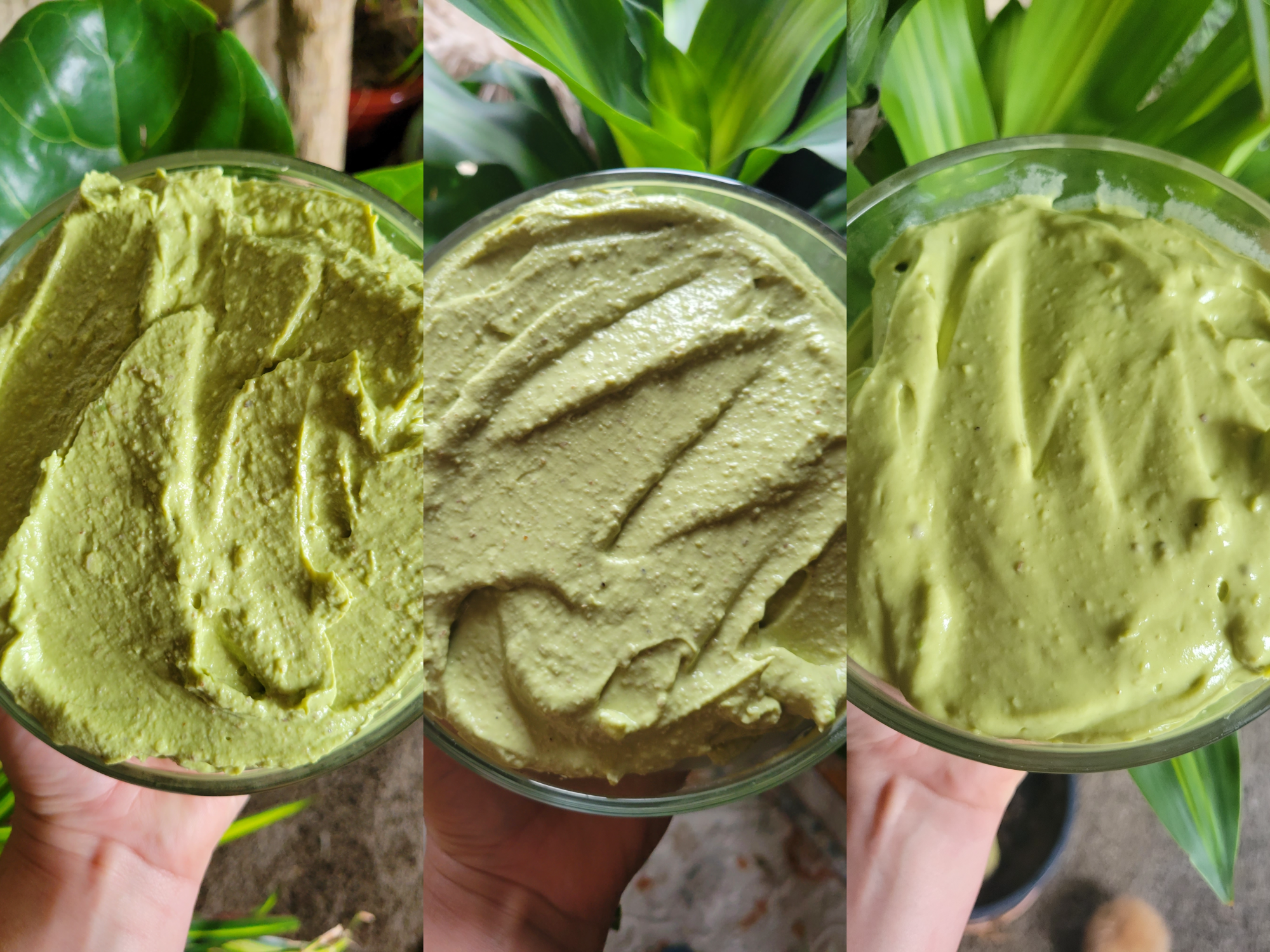


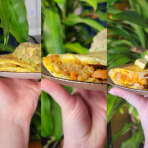

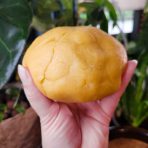
Leave a Reply